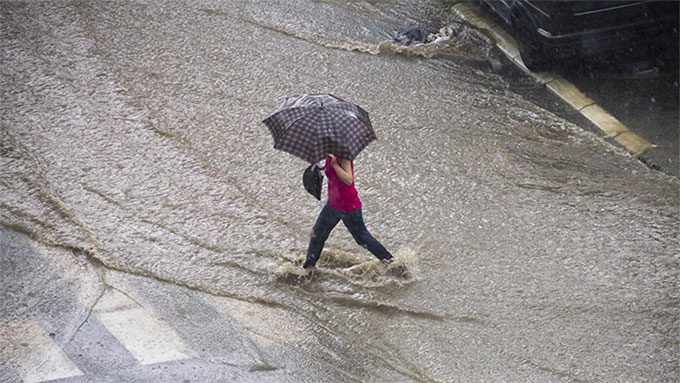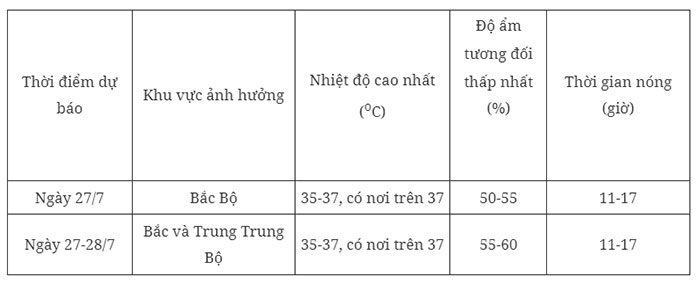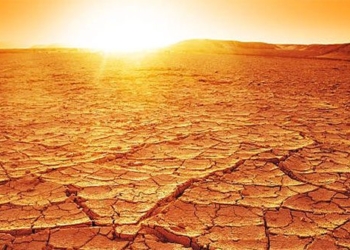According to the National Center for Hydro-Meteorological Forecasting, from the night of July 28 to July 31, there is a possibility of moderate to heavy rain and thunderstorms in the Northern region. Locally, some areas may experience very heavy rain, with rainfall generally ranging from 70-200 mm in mountainous and midland areas, and locally exceeding 250 mm. In the lowland areas, rainfall is expected to be between 50-100 mm, with some localities receiving over 150 mm.
Additionally, the Center reported that last night and early this morning (July 27), there was rainfall and thunderstorms in the Central Highlands and Southern regions, with some local areas experiencing heavy rain. Rainfall from 7 PM on July 26 to 3 AM on July 27 exceeded 50 mm in places such as: Ia Dom (Kon Tum) 96 mm, Se San 3 Hydropower Plant (Gia Lai) 59.4 mm, Thạnh Yên (Kiên Giang) 66.8 mm,…

From the night of July 28 to July 31, there is a possibility of moderate to heavy rain and thunderstorms in the Northern region.
Forecast: In the evening and night of July 27, the mountainous and midland areas of the Northern region will experience scattered rain and thunderstorms, with local heavy rain expected, ranging from 15-30 mm, and some areas exceeding 70 mm.
In the afternoon and evening of July 27, the Central Highlands and Southern regions will also experience rain and thunderstorms, with local heavy rain expected, ranging from 15-30 mm and locally exceeding 70 mm.
During thunderstorms, there is a risk of whirlwinds, lightning strikes, hail, and strong gusts of wind. Heavy rain and localized intense rainfall may lead to flash floods in small rivers and streams, landslides on slopes, and flooding in low-lying areas.
Risk warning level for natural disasters due to heavy rain, whirlwinds, lightning, and hail: Level 1.
Detailed forecast:

Risk warning level for natural disasters due to heat: Level 1.
Due to the impact of heat and extreme heat combined with low humidity in the air, there is a risk of fires and explosions in residential areas due to increased electricity demand and the risk of forest fires. Moreover, the heat may lead to dehydration, exhaustion, and heatstroke for individuals exposed to high temperatures for extended periods.
The Center notes that the forecasted temperature in heat warnings and the perceived actual outdoor temperature may differ by 2-4 degrees, and may even be higher depending on heat-absorbing surfaces such as concrete and asphalt.




















































